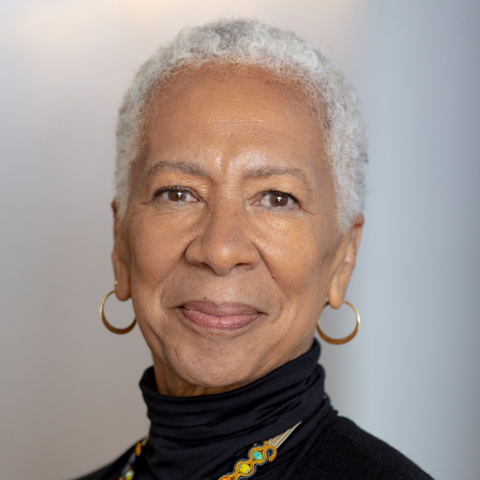Building an Inclusive Economy for the 21st Century: A Statement by Angela Glover Blackwell
"The verdict is clear…expanding opportunity works," President Obama said in his State of the Union address Tuesday. "This country does best when everyone gets their fair shot."
An equitable economy, where all can reach their full potential, regardless of race, gender, immigration status, or zip code, is at the heart of the President’s vision of "middle-class economics." Increasing economic security for working families and expanding access to the education and training necessary for the jobs of tomorrow will help rebuild the middle class by lifting up those so often left behind by today’s economy.
Though the economy has made a comeback for some, the benefits of growth and recovery are not reaching everyone. Those hit "first and worst" by the recession — millions of struggling families and low-income communities of color — are still waiting.
According to new data from the Pew Research Center, between 2010 and 2013, the median net worth of African American and Hispanic households actually dropped by 34 percent and 14.3 percent, respectively. In 2012, the median wage for workers of color was $5 an hour less than median wages for White workers.
As America’s workforce rapidly becomes more diverse — by 2030, the majority of young workers will be of color — failing to create pathways of opportunity into the middle class for these youth will jeopardize the very existence of a middle class.
That’s why policies to tackle inequities in income and opportunity are urgently needed.
Moving forward with policies to raise wages and secure essential job benefits, such as paid sick leave, overtime protection, and retirement savings, will help workers provide for their families and save for the future. President Obama’s proposed changes to the tax code will help low- and middle-income paychecks go farther and working family tax credits will put affordable childcare within reach. Investments in training and education will help the next generation of workers gain the skills necessary for good-paying jobs, whether through two years of free community college or employer-funded apprenticeships and on-the-job training.
By embracing equity-driven growth, the President has laid the blueprints for a brighter future, where everyone can contribute to and share in America’s success. We applaud the President’s policy agenda and encourage him to take immediate actions to create universally accessible pathways to opportunity. Because policies that lift up those left behind don’t only strengthen the middle class, they build a stronger, more resilient economy for everyone.
Read the rest of the January 21, 2015 America’s Tomorrow: Equity is the Superior Growth Model issue.
